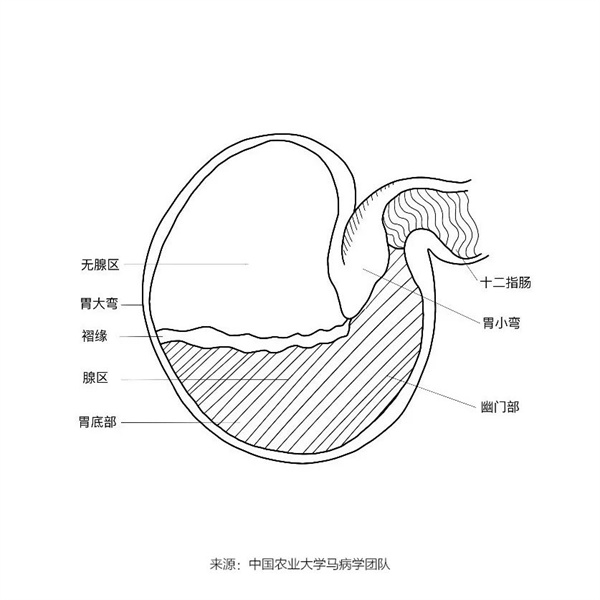NASA rover finds place where 'exciting' events occurred on Mars
Great floods once poured down a towering Martian mountain.
And NASA's dust-covered Curiosity rover has proof.
The 关键字1car-sized NASA robot has spent much of 2024 exploring the Gediz Vallis channel, a dried-up waterway that travels down the three-mile-high Mount Sharp. Although Mars today is 1,000times drier than the driest desert on Earth, the rover has spotted clues that long ago the Red Planet experienced momentous floods. It was a wet world.
You May Also Like
"This was not a quiet period on Mars," Becky Williams, a scientist at the Planetary Science Institute who researches Mars using the rover's Mast Camera, said in a statement. "There was an exciting amount of activity here. We’re looking at multiple flows down the channel, including energetic floods and boulder-rich flows."
SEE ALSO: NASA scientist viewed first Voyager images. What he saw gave him chills.The images below show what Curiosity has recently found.
Below is a wide-view photo of a section of Gediz Vallis as it winds down Mount Sharp. You can see prominent buildups of rocks and boulders, such as those in the foreground on left. "This area was likely formed by large floods of water and debris that piled jumbles of rocks into mounds within the channel," NASA explained. Impressively, this debris pile-up extends some two miles down the mountain (though some of this was likely caused by landslides, too).
 Mars' Gediz Vallis channel with large buildups of rocky debris. Credit: NASA / JPL-Caltech / MSSS
Mars' Gediz Vallis channel with large buildups of rocky debris. Credit: NASA / JPL-Caltech / MSSS Curiosity also closely examined these water-tumbled rocks. A number of them contain telltale "halo" markings, as seen in the image below. "Finally, water soaked into all the material that settled here," the space agency explained. "Chemical reactions caused by the water bleached white 'halo' shapes into some of the rocks."
Related Stories
- Aliens haven't contacted us. Scientists found a compelling reason why.
- An enormous Martian cloud returns every spring. Scientists found out why.
- The best telescopes for gazing at stars and solar eclipses in 2024
- NASA spacecraft just flew over 500 times the speed of sound
- If a scary asteroid will actually strike Earth, here's how you'll know
 At center, a Martian rock displaying a clear "halo" created by ancient interactions with water. Credit: NASA / JPL-Caltech / MSSS
At center, a Martian rock displaying a clear "halo" created by ancient interactions with water. Credit: NASA / JPL-Caltech / MSSS Unlike Earth, Mars no longer harbors an insulating atmosphere. The Red Planet's hot metallic core deep below its surface cooled long ago, and without a heated interior to generate a protective magnetic field, the once water-rich world was exposed to a relentless flow of particles from the sun, called the solar wind. The solar wind progressively stripped Mars of its thick atmosphere, leaving it the frigid, callous, irradiated desert we see today.
The Curiosity rover, which landed on Mars in 2012, continues to scour Mars to determine if the planet could have ever harbored habitable conditions for microbial life. Meanwhile, NASA's Perseverance rover, which landed in 2020, is equipped with instruments that sleuth for hints of past life called "biosignatures" — elements, substances, or features providing evidence of ancient organisms. This could mean telltale chains of molecules or structures that were almost certainly produced by single-celled Martians.
Although it's clear that Mars once hosted bounties of water, robotic Martian explorers have spotted no evidence, so far, that this rocky world ever hosted life.
(责任编辑:五元修神传)
- ·“乱”了许久的国际女子网坛要重整秩序了
- ·四年级状物作文:令我难忘的小鸭
- ·五年级写景作文:致最后一次秋天的相逢
- ·ประชุมวุฒิสภา: เดินหน้า หรือ ชะลอ เลือกองค์กรอิสระ ท่ามกลางคดี “ฮั้วเลือก สว.”
- ·精选双色球专家:海无量擒1等912万 9人中12万
- ·山西95后女子砍死邻居被执行死刑:通过实施犯罪而达到被判处死刑的目的
- ·《天外世界2》80美元定价引热议:游戏越贵XGP越香
- ·超解压《嘟嘟脸恶作剧》国服预约开启!抢先预约赢Switch2大礼!
- ·终于!超五百万孩子被选召,《数码宝贝:源码》预约火热进行中!
- ·综漫舰娘:从零开始打造次元帝国













